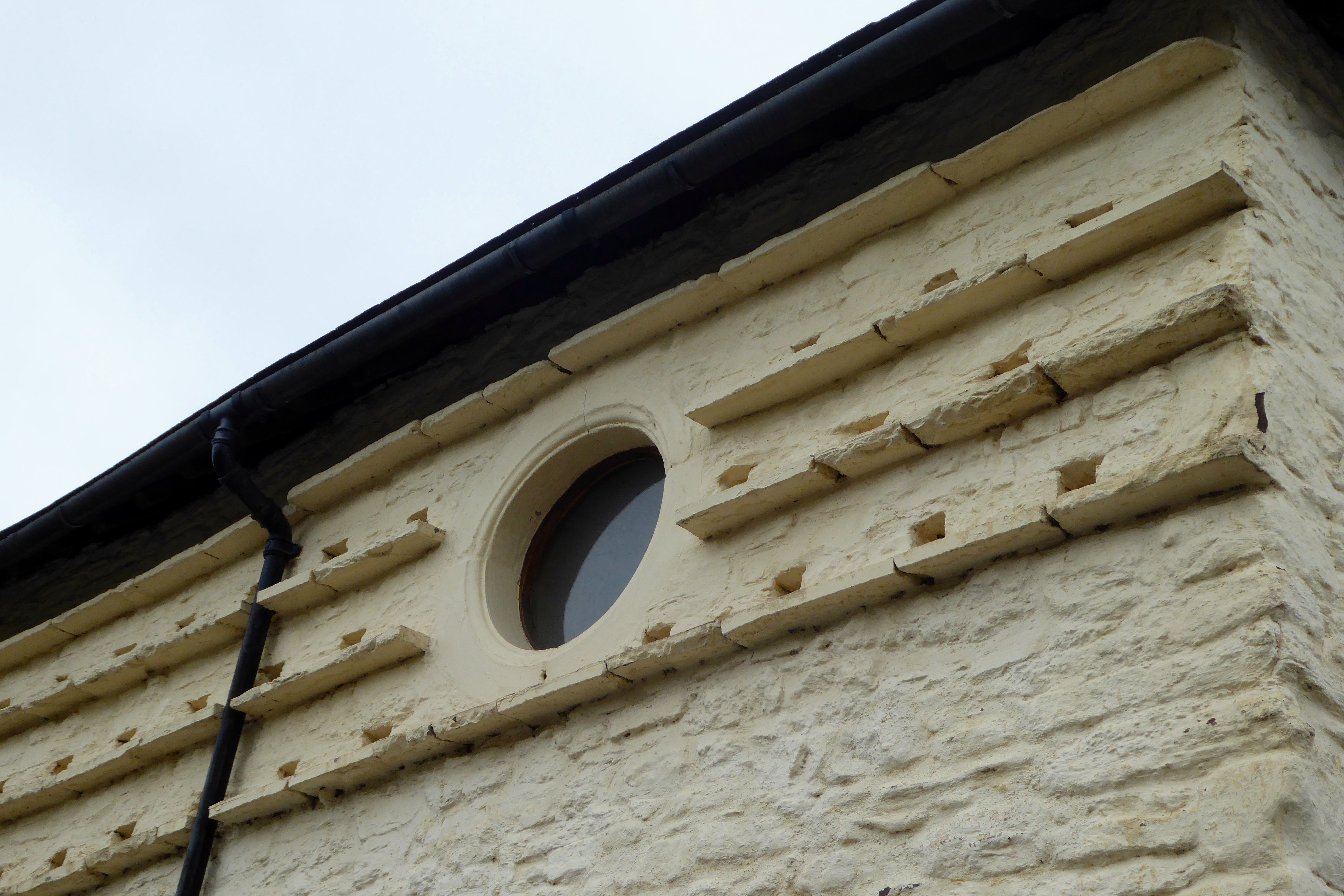The Tithe Barn, Abergavenny on:
[Wikipedia]
[Google]
[Amazon]
The Tithe Barn, Monk Street,
 The barn is of late-
The barn is of late-
Abergavenny
Abergavenny (; cy, Y Fenni , archaically ''Abergafenni'' meaning "mouth of the River Gavenny") is a market town and community in Monmouthshire, Wales. Abergavenny is promoted as a ''Gateway to Wales''; it is approximately from the border wi ...
, Monmouthshire
Monmouthshire ( cy, Sir Fynwy) is a county in the south-east of Wales. The name derives from the historic county of the same name; the modern county covers the eastern three-fifths of the historic county. The largest town is Abergavenny, with ...
is a tithe barn of late medieval origins which forms part of a group of historic buildings in the centre of the town. It is a Grade II* listed building.
History
 The barn is of late-
The barn is of late-medieval
In the history of Europe, the Middle Ages or medieval period lasted approximately from the late 5th to the late 15th centuries, similar to the Post-classical, post-classical period of World history (field), global history. It began with t ...
origin, with a likely construction date in the 16th century. The building was constructed for the storage of tithes
A tithe (; from Old English: ''teogoþa'' "tenth") is a one-tenth part of something, paid as a contribution to a religious organization or compulsory tax to government. Today, tithes are normally voluntary and paid in cash or cheques or more r ...
payable to the church authorities of the Priory Church of St Mary. Following the Dissolution of the Monasteries in the 16th century, the barn was used for a variety of functions, including a theatre in the 17th century and a discotheque in the 20th century. By 2002, the barn was in a state of considerable dilapidation and was again taken into the ownership of the Priory Church, which following a major reconstruction, operates an exhibition space in the building.
Architecture and description
The barn is constructed ofwhitewash
Whitewash, or calcimine, kalsomine, calsomine, or lime paint is a type of paint made from slaked lime ( calcium hydroxide, Ca(OH)2) or chalk calcium carbonate, (CaCO3), sometimes known as "whiting". Various other additives are sometimes used ...
ed sandstone
Sandstone is a clastic sedimentary rock composed mainly of sand-sized (0.0625 to 2 mm) silicate grains. Sandstones comprise about 20–25% of all sedimentary rocks.
Most sandstone is composed of quartz or feldspar (both silicates) ...
rubble, with walls that are now significantly out of true. The architectural historian John Newman describes their present appearance as "waveringly deformed, but originally must have been quite a showpiece." The barn is of seven bays, and the original three cart-entrances have been blocked. The eaves of the roof have lines of pigeon-holes with perching ledges.
Notes
References
* {{Cite book , last=Newman, first=John , series=The Buildings of Wales , title=Gwent/Monmouthshire , url=https://books.google.com/books?id=knRf4U60QjcC&dq=The+Buildings+of+Wales%3A+Gwent%2FMonmouthshire&pg=PA2 , year=2000 , publisher=Penguin , location=London , isbn=0-14-071053-1 Buildings and structures in Monmouthshire Grade II* listed buildings in Monmouthshire